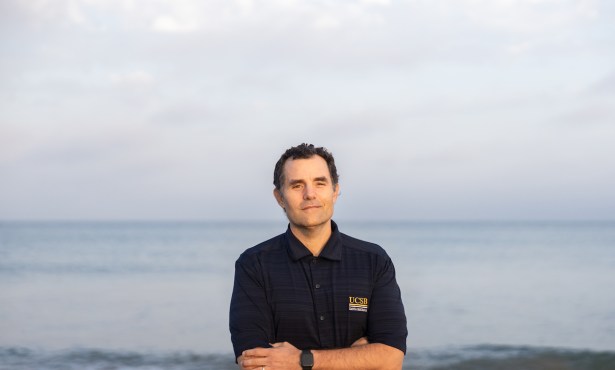How We Know What We Know About the Channel Islands
Author Corinne Heyning Laverty Reveals the Archipelago’s Science History in ‘North America’s Galapagos’
By Matt Kettmann | Published August 20, 2020


We take for granted how much of a scientific wonderland exists on the Channel Islands, that eight-isle archipelago that stretches from San Nicolas Island off of the coast of San Diego all the way up to San Miguel Island, whose sandy, windswept stretches linger off the edge of Point Conception in western Santa Barbara County. From rare animals such as the island fox and spotted skunk to fossils of pygmy mammoths to landmark invasive-species-removal projects to quite possibly the earliest evidence of human-settlement existence in the New World, the remote, mostly undeveloped islands are treasure troves of endless discoveries.
But how do we know that? Why are the Channel Islands’ scientific values so well accepted today?
One significant answer is the Channel Islands Biological Survey (CIBS) of 1939 to 1941, when a multidisciplinary team of more than 30 scientists and researchers spent weeks and weeks scouring each island for animals, plants, fossils, arch sites, and so much more. Halted prior to its planned conclusion due to the bombing of Pearl Harbor and the United States’ entry into World War II — indeed, one expedition was on Santa Rosa Island when news of the Japanese attacks on Hawai‘i came through — the CIBS research somewhat faded into the archives as time went by.




You must be logged in to post a comment.